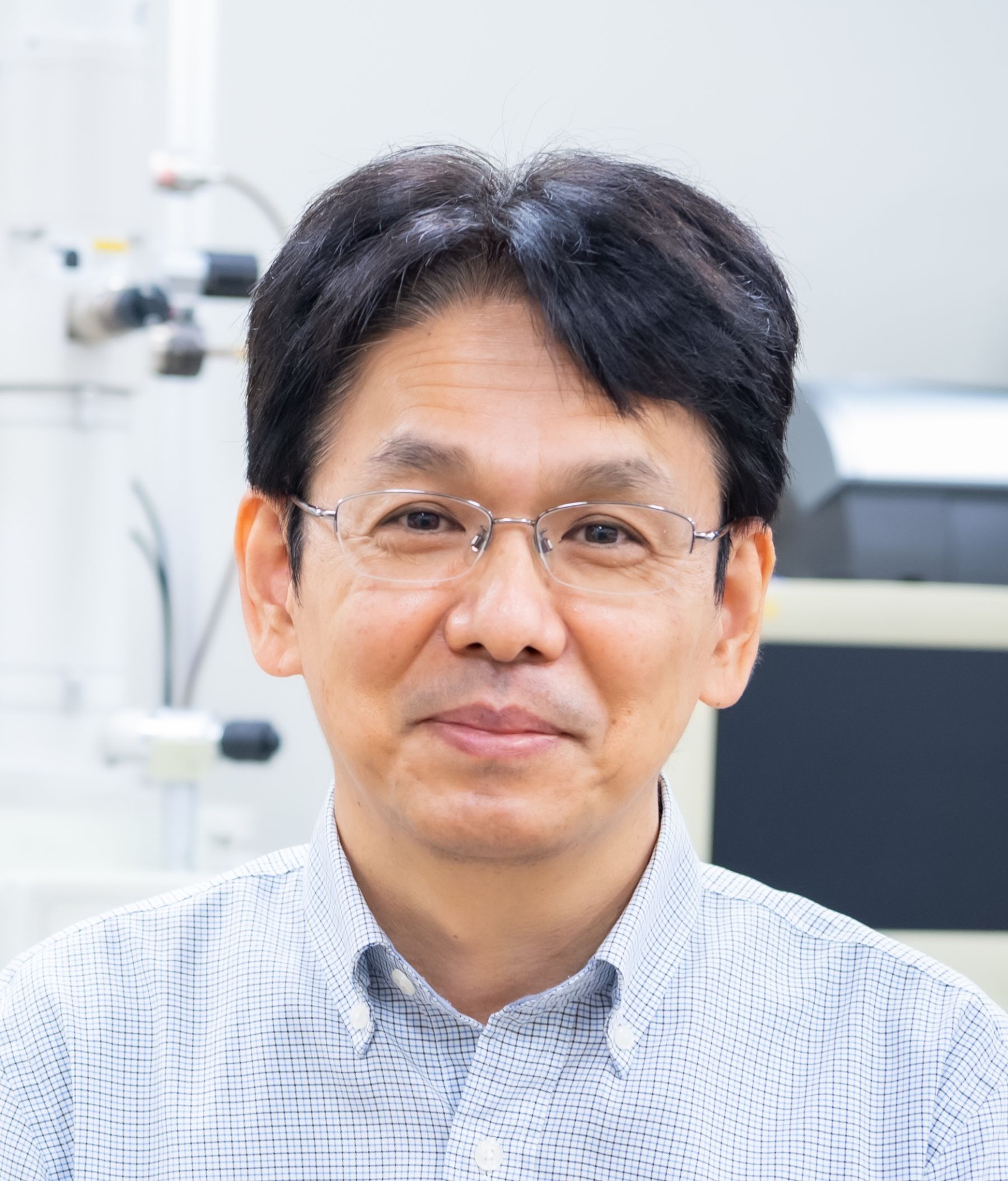Kenji Watanabe and Takashi Taniguchi: Unique Properties of Hexagonal Boron Nitride not only for Substrate Dielectric Feature

Kenji Watanabe, Ph. D.
Chief Researcher, Electroceramics Group Research Center for Functional Materials
National Institute for Materials Science (NIMS), Japan
Abstract:
A single crystal of hexagonal boron nitride (h-BN) has a layered structure, in which each layer is composed of atomically flat with sp2 bonding between boron and nitrogen atoms, and the interlayers are coupled weakly via van der Waals interaction. From the early stage of research on graphene, h-BN single crystals grown by high-pressure, high-temperature (HPHT) synthesis have been used as the best substrate dielectric for studying 2D physics. The surface of the cleaved h-BN layer is almost free of dangling bonds and charge traps, and provides a "stage" for the emergence of new 2D physical phenomena. Originating from this anisotropic 2D crystal structure, this material is also known to have very interesting optical properties, such as high luminous efficiency of exciton in the far-UV region, three-dimensionally confined hyperbolic polaritons, symmetrically controlled polarization characteristic, and single photon emitting point defect centers. Although h-BN is an indirect band gap material, the luminous efficiency is comparable to that of typical direct transition materials such as ZnO. The feature of confined hyperbolic polaritons is known as "natural metamaterial." The polarization switching is promising for atomically thin nonvolatile memory application, and the single photon source is attracting attention as the future quantum devices. We will review these new aspects of h-BN especially the peculiar and outstanding optical characteristics.